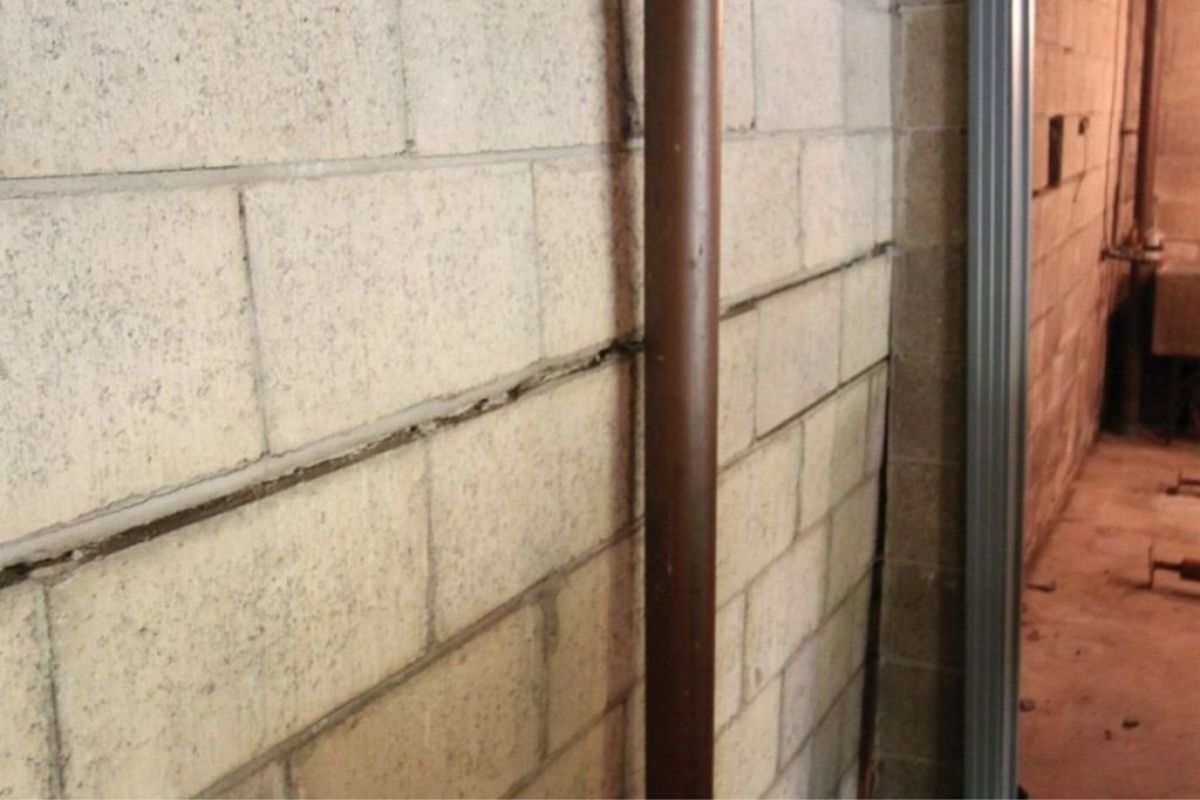Bowing walls can be one of the most troubling things to see in your home’s basement, and for good reason. Bowed walls are signs of damage that you shouldn’t ignore because this type of damage may spread. The sooner you act and get the problem fixed, the more problems you will be able to avoid.
Before you take steps to get your walls repaired, it helps to know what you are up against. Read on to learn more about the ways bowed walls are repaired.
What Are the Most Important Things to Be Aware of With Bowed Walls?
If your walls have gotten bowed, there’s a good chance that excess moisture in the soil is at the root of your troubles. Although leaks are often cited as causes of excess moisture around a foundation, leaks account for relatively few cases of the excess mixture. When there is excess groundwater, this can account for pressure on its own.
Excess runoff, especially during times of heavy storms, and poor drainage are some of the most common contributors to excessive moisture. This type of pressure is known as hydrostatic pressure, and we will address this issue later. In short, the pressure that the water exerts is as heavy as a larger object, like a vehicle, which makes potential damage serious.
When this pressure lasts, it may contribute to bowing, buckling, or cracking. As the walls weaken under pressure, your home’s structural integrity is at risk. To avoid high repair costs, you’ll want to address these issues sooner, rather than later.
What Else Should You Know About Hydrostatic Pressure and Bowing Walls?
Hydrostatic pressure is an issue you must address, regardless of how you fix your bowing walls. As much of a problem as the pressure is, it is a symptom, not a root cause. Understanding the root causes makes it easier to address this issue.
Sometimes, poor construction is to blame. Another often-overlooked culprit could be grading issues with an adjacent lot.
Flooding or heavy rainfall may also contribute to pressure. If there has been a snowy winter, you may see a lot more water than usual.
Trees that are too close to your home are always likely suspects. The roots can easily grow into the foundation and cause damage.
If you have heavy driveway elements or patio pavers, these can also contribute to pressure. Weight capacity is something that many homeowners overlook until the damage is done.
Poor installation or damage can lead to plumbing leaks. The longer these leaks go unseen, the more damage they can do over time.
What Are Some of the Repair Options for Bowed Walls?
When you need bowing in your walls repaired, there are many options that include some that are quite affordable. These repairs make your home look better, keep it structurally sound, and help prevent further damage.
Foundation experts are in the best position to offer the help that you need. In many cases, specialists can straighten the walls and repair any damage that has occurred.
Another step that specialists can take is removing clay soil, which is expansive and contributes to damage. Gravel is used as a replacement, which provides greater stability.
Your specialist may also opt to install I-beams on the walls. These beams help provide greater reinforcement to keep the walls more secure.
What Should You Do If You Need Help In Repairing Your Bowing Walls?
If you have any signs of foundation damage, including bowed walls, your next step should be to contact a foundation specialist. Your home’s structural integrity matters, and taking care of your foundation s one of the best ways to preserve it.
KC Pier offers the solutions you need for your bowing walls, contact us to see how we can help you.

